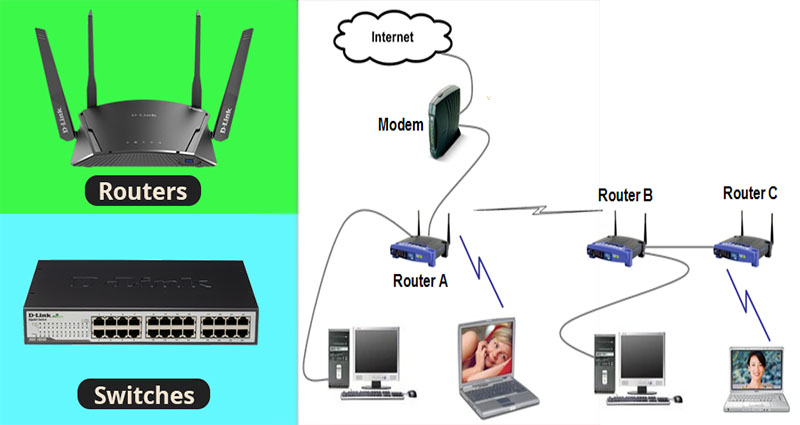An Internetwork Example Explains the Role of Routers and Switches
There are many different types of networks, but one common example is the internetwork. Typically, large internetwork configurations are made up of separate LANs on each floor. These LANs are connected by a backbone network. This backbone network connects all the LANs.
This is also known as a horizontal network, which derives from the term. This example shows the basics of how networks work. Listed below are some of the different types of networks.
Routers
When considering the role of routers in an internetwork, consider their role in routing data. Routing is the process by which datagrams travel over the network and are delivered to the correct destination. To illustrate this concept, consider a typical internetwork: the routers on each side of the network route datagrams to one another. Each router is responsible for forwarding the traffic. However, in some scenarios, a router is responsible for collecting and delivering routing … Continue reading >>>








